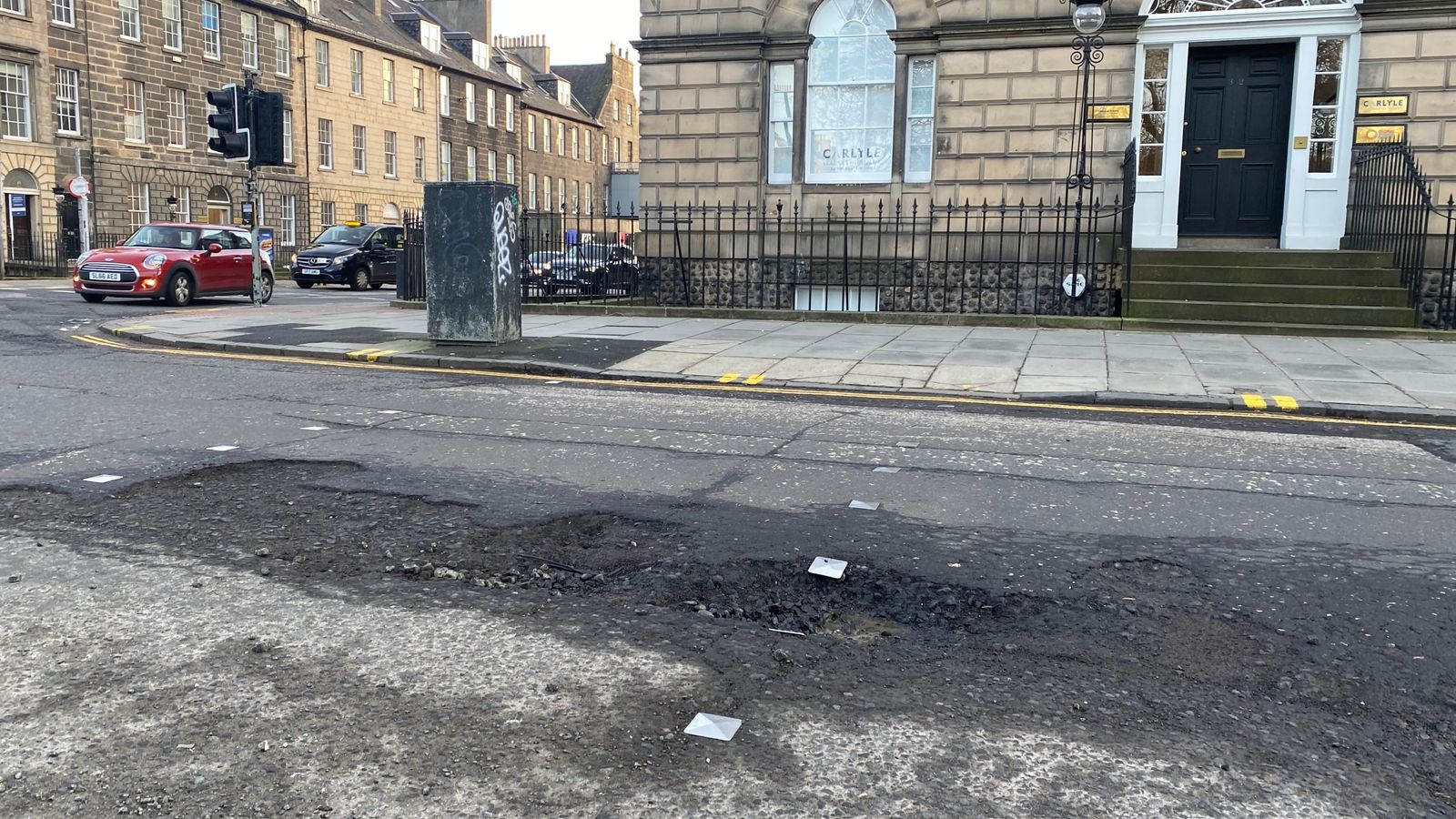Difference in turbo lag will likely be the difference in displacement. Although bearing technology has moved on a lot you still need a flow of exhaust to spin the turbo. 1.0 will be flowing less than a 1.9, the turbo may also be smaller to compensate but the 90bhp output of the diesel suggests it didn't have a particularly big turbo on it either given it had up to 160bhp in other trims.Yes the Cordoba - actually the yellow car "hiding" behind Felicity Fiat in my avatar picture - had the old, pre PD engine with a distributor type pump (electronically controlled). I think it was 90Hp as you say which makes it interesting to compare with the Ibiza which is also the 90Hp (actually 94Hp quoted I think?) In terms of outright acceleration the two feel very similar but the Cordoba was better at ultimate "pulling" which was noticeable with my trailer. In terms of driving the Ibiza feels much more agile and responsive handling wise, The Cordoba felt heavy and "reluctant" in comparison. Really the only thing I don't like about the Ibiza is the turbo lag when trying to pull away if you've been idling along in heavy traffic or perhaps let the revs drop to near idle revs when negotiating speed bumps. The Cordoba, although it was turbo'd too, pulled much better in that particular scenario. Other than that I prefer driving the Ibiza but I'm "terrified" by the complexity of the direct injection engine with it's coolant stabilized intercooler, twin circuit cooling system with two thermostats, and with separate belt driven and electric water pumps and so much more - for instance the new battery i had to get when on holiday last year which had to be coded to the car and cost over £200 at the dealer down in Devon! At least my version does not have a dual mass flywheel!
Will say ours became pretty laggy and somewhat difficult to drive prior to the inlet valve cleaning. After the valves were cleaned the power curve was a lot more filled in at the bottom.
The diesel like character tends to be a thing on the small turbo petrols especially the lower powered. Not sure about yours though think they did a higher powered version for the polo with 110 odd. Why that's important in terms of character is they tend to be mechanically identical to the higher power version but electronically restricted to the lower output.
So in our case the engine is mechanically identical to the one you see powering things like the Peugeot 5008 or C5 aircross but electronically has a preset power level. So if you ever see the Dynograph for one...it climbs quickly up to about 2200 rpm, achieves (slightly more than) the advertised numbers and just stays there as the waste gate is used to stop any more power being generated.
In some ways it's good as the turbo and bottom end are operating well below their maximum most of the time also it's hard to be in the wrong gear as there's little difference between what it gives at 2k rpm and 4k rpm..but if it was remapped it would do 145bhp at 4k rather than 110.
So you end up with a flat torque curve...it just runs on longer than a diesel which would be all done at 4k also less weight over the nose even with ancillaries taken into account.


